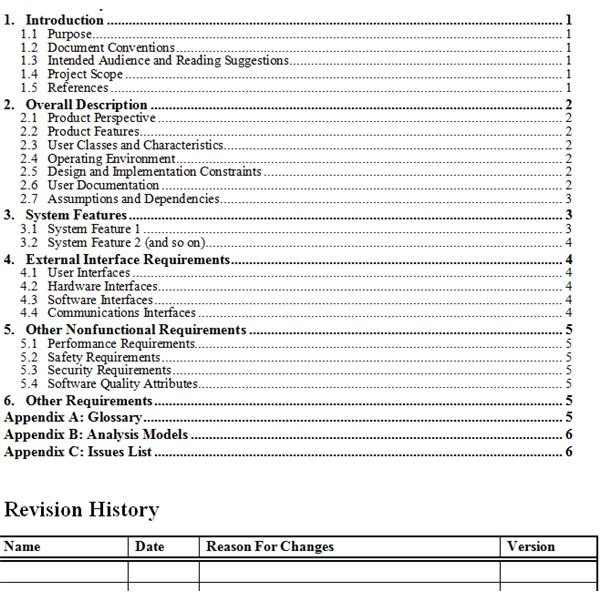Agile Software Development Requirements Gathering
- 11 Comments!

What Is Agile? Not a methodology! The Agile movement seeks alternatives to traditional project management. Agile approaches help teams respond to unpredictability. What is Agile software Development? I explain agile with one dozen words: Iterative planning, honest plans, project heartbeat, working software, team empowerment, and. Differences between Waterfall, Iterative Waterfall, Scrum and Lean Software Development (In Pictures!). 64 Informatica Economic . 4/2013 DOI: 10.12948/issn14531305/17.4.2013.06 Software Development: Agile vs. Traditional Marian STOICA, Marinela MIRCEA.

Agile Requirements Modeling. Many. traditional project teams run into trouble when they try. Figure 1 depicts the.
Scrum is an iterative and incremental agile software development framework for managing product development. It defines "a flexible, holistic product. Agile software development seems to be the “go-to” method for creating software in the 21st century. But what exactly is it? Check out our ultimate guide to learn. Agile practices focus on business value and continuous improvement in software development. Learn more about using the Agile methodology here. History: The Agile Manifesto. On February 11-13, 2001, at The Lodge at Snowbird ski resort in the Wasatch mountains of Utah, seventeen people met to talk, ski, relax.
Agile Model Driven Development (AMDD) lifecycle. Agile Modeling (AM) is applied by. The AMDD. lifecycle.
At the beginning of a project. If you. actually need this level of detail, and in practice you. A point- form use. Name. Enroll in Seminar. Basic. Course of Action: Student inputs her name and student number.
System verifies the student is eligible to enroll. If not eligible then the student is informed. System displays list of available seminars. Student chooses a seminar or decides not to enroll. System validates the student is eligible to enroll. A detailed use. case.
Name. Enroll in Seminar. Identifier: UC 1.
Description: Enroll. Preconditions: The. Student is registered at the University. Postconditions: The.
Student will be enrolled in the course she wants if. Basic. Course of Action: 1. The use case begins when a student wants to. The student inputs her name and student. UI2. 3 Security Login. Screen. 3. The system verifies the student is eligible.
BR1. 29 Determine Eligibility to. Enroll. Apply business rules BR 1. Calculate. Student Fees and BR4. Calculate Taxes for.
Seminar. 9. The system displays the fees via UI3. Display Seminar Fees Screen.
The system asks the student if she still. The student indicates she wants to enroll in. The system enrolls the student in the.
The system informs the student the enrollment. UI8. 8 Seminar Enrollment. Summary Screen. 1. The system bills the student for the seminar. BR1. 00 Bill Student for. Seminar. The registrar informs the. A. 5. The use case ends.
Alternate Course B: The. Student Decides Not to Enroll in an Available. Seminar. B. 5. The use case ends. Alternate Course C: The. Student Does Not Have the Prerequisites. C. 6. The use case continues at.
Step 4 in the basic course of action. Iteration. modeling. Extreme programmers (XPers) would call. The. first. step is. ATDD is also called Behavior Driven. Desactivar Aero Windows 7 Home Basic. Development (BDD).
Developer TDD. As you see in Figure 4, when you. ATDD and developer TDD the creation of a single acceptance test in turn requires you to iterate several times through.
TDD level. Clearly to make TDD work you need to have one or. Furthermore, it is the right of project. This is concept is critical to your success as an. Does that imply that you sit there. No, of course not.
You can suggest new requirements to them, the key. SUGGEST, that they should consider and either. To identify potential requirements you may also. I'll often bring external experts in for a day. It's a great way to make sure we're covering. However, recognize that there is a danger with.
There are several . A. non- behavioral requirement describes a technical feature. Access control issues, such as who is allowed to. The critical thing is to identify and understand. Potential Requirements Because there are several different.
Table 1 summarizes common. Artifacts. for Agile Modeling. Constraint definition. Either. Index card. A constraint is a restriction. See the articles AM.
XP and AM. and UP for further details. Common Requirements Modeling To be agile at requirements. Very often requirements modeling efforts are. In this section I identify common problems that. These common challenges (follow the links to find.
Limited access to project. Geographically dispersed. Project stakeholders do not. Project stakeholders change. Conflicting priorities.
Too many project stakeholders. Project stakeholders prescribe.
Project stakeholders are unable. Project stakeholders are afraid. Project stakeholders don't. Developers don't understand. Project stakeholders are overly. Project stakeholders require. Developers. don't understand the requirements.
Agile software development teams. Because requirements change.